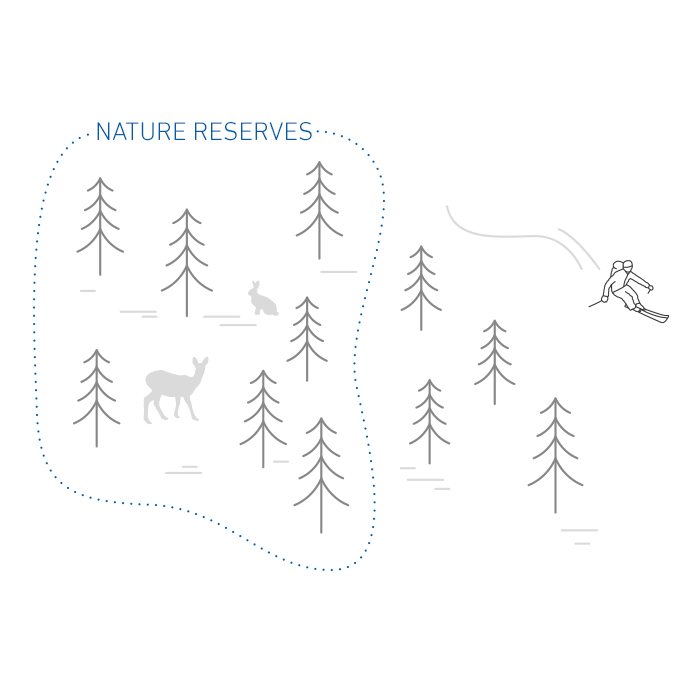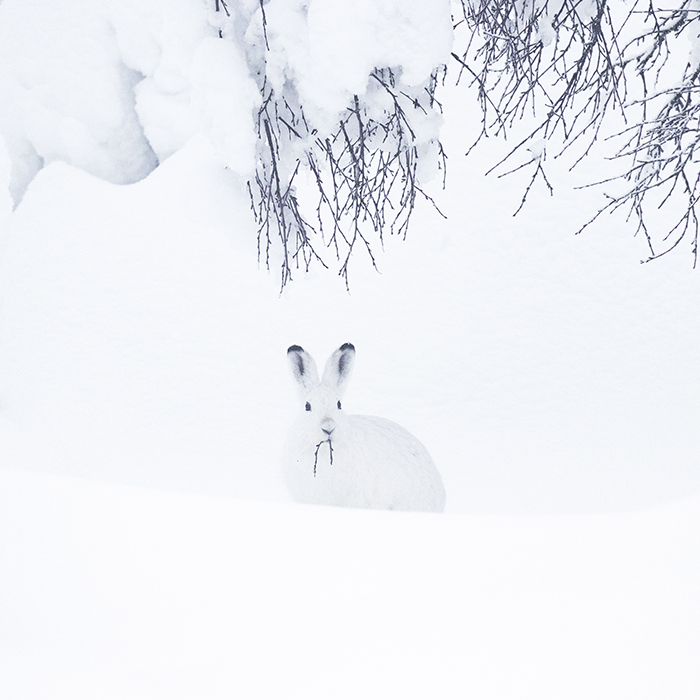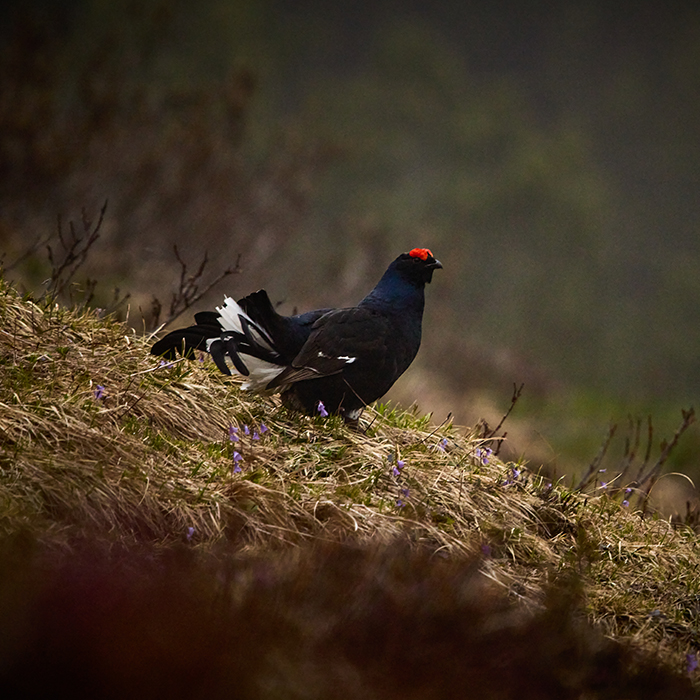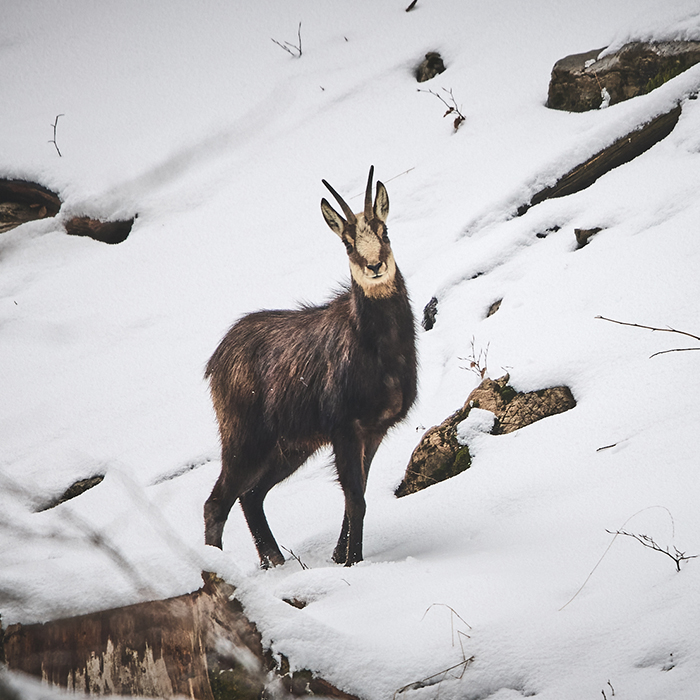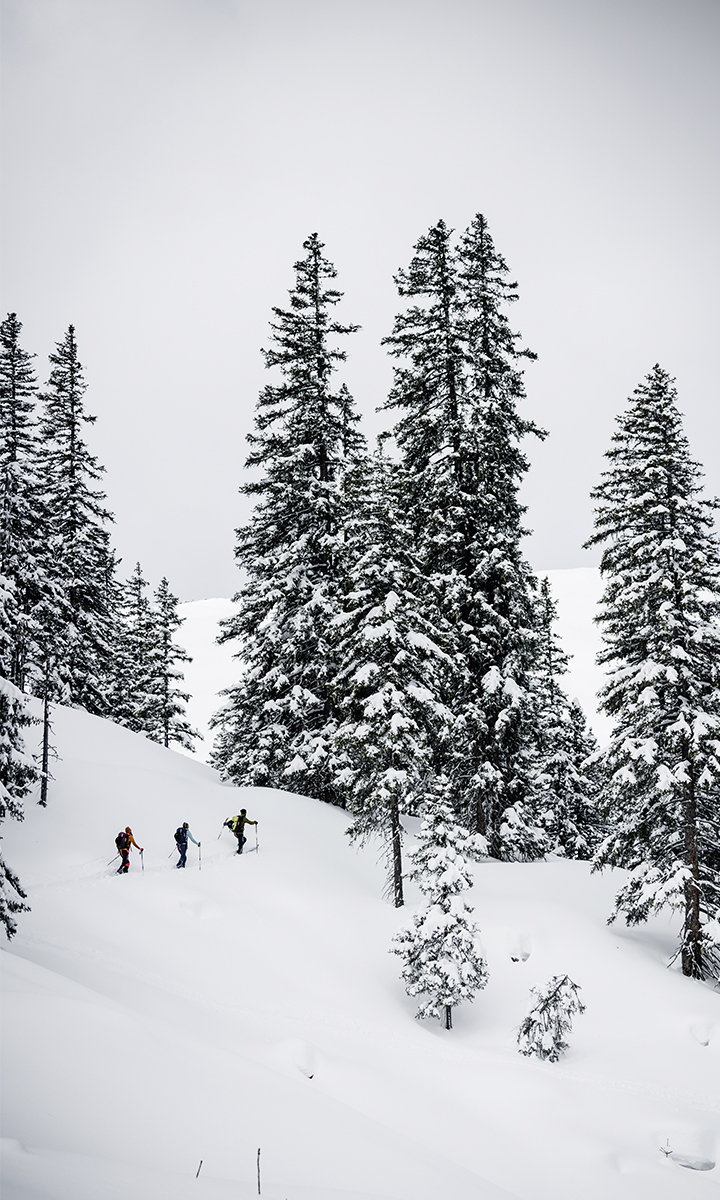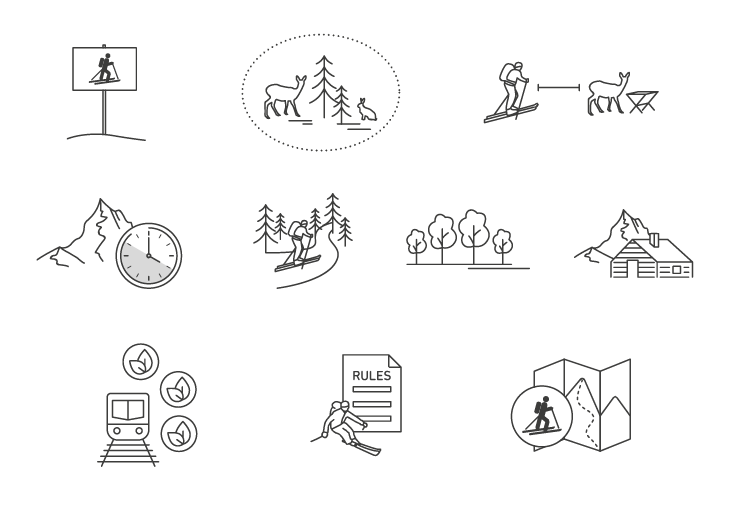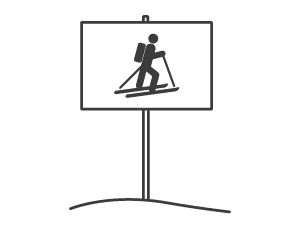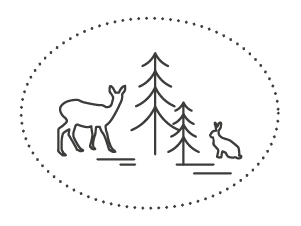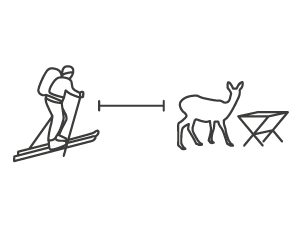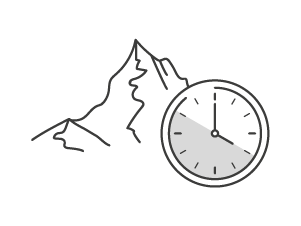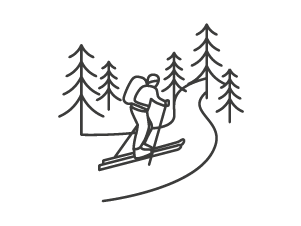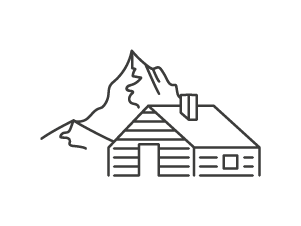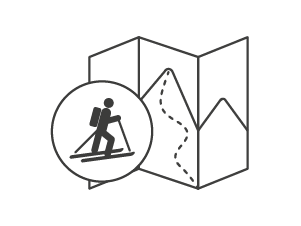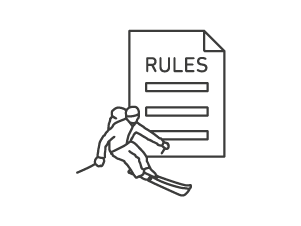NATURE-FRIENDLY SKI TOURING
KNOWLEDGE PROTECTS
It’s high season for us ski tourers, but the animals are in hibernation. By now we probably all know what effects our sport can have on nature, particularly in the winter. We often don’t appreciate how much we disturb the animal kingdom, how much energy loss we cause and what life-threatening consequences that can have. Check out the video with nature protection ranger Andreas Köpferl and our slider below to find out which animals can be found where, why it’s so important not to disturb them, and how we can protect them through considerate behavior.

